Who Invented Socks? A Brief History
Socks. We all know what they are. And we all wear them. But have you ever considered what the word “socks” actually means? Or why we all started wearing socks in the first place?
Well, today’s “sock” is derived from the Old English “socc” meaing a light slipper, and originally from the Latin “soccos” meaning a light, low-heeled shoe.
You see, socks were originally made to protect our legs and feet and keep them warm and dry. Back in the 8th Century BC, the Ancient Greeks made socks with matted animal hair for warmth, while the Romans would wrap their feet with leather and other woven fabrics.
This meant that by the 10th Century, socks were a status symbol.
Socks were a symbol of wealth and importance.
As the sock knitting process was a complex guild secret back then, only the rich and famous could afford to wear socks.
And much like today, when the rich and famous do something, it generally becomes fashionable.
Socks were no exception. Socks became a fashion essential.
It started with ornamental designs being added to the ankle or side of the sock. But these were just the gateway drug, and by the 16th Century, lots of brightly coloured and different materials were being knitted into socks of all patterns and designs.
Then, in 1589, something happened that changed everything. No, it wasn’t the first prototype bread slicer. It was in fact the first mechanical sock knitting machine.
Sock production changed drastically from this point forward, as socks became much faster to produce – over six times faster! They spread like wild fire throughout Europe, with the brightly coloured Spanish fabrics having a big influence on sock designs and patters.
The introduction of nylon in 1939 was the next game changer, making socks much easier and cheaper to produce. Nylon was also used to give socks added stretch and durability. In fact, even though most socks are marketed as “cotton socks”, they after often only 70-80% cotton, with the remainder being a combination of other materials, such as nylon, lycra or even bamboo socks.
Over the last 100 years, we’ve seen it all. White socks, black socks, multi-coloured socks, trainer socks, business socks, socks with the days of the week on, socks with Homer Simpson on, socks that make the tea… the list goes on.
Whilst they may no longer be a symbol of wealth or importance, socks are still considered an essential fashionable item of clothing.
Some might even say that with over 2000 years of fashion status to it’s name, the humble leather sock or light slipper has even evolved into a beautifully knitted symbol of people’s personalities, from hidden and rebellious, to bursting with energy.
Have you ever wondered who invented socks? Well, let's dive into the fascinating history of sandals, shoes, and modern socks, and discover how these crazy socks revolutionized footwear. Socks and sandals have been around for centuries, serving as essential accessories that provide warmth, protection, and comfort to your feet. These shoes and clothing items are often paired with garters for added style and functionality. But their significance goes beyond practicality; socks have evolved into fashionable items that can make a style statement when paired with shoes and sandals. Their versatile nature allows them to complement different clothing styles and fabrics.
The invention of socks marked a turning point in the world of footwear, especially for sandals and shoes. Knitting played a crucial role in the creation of this essential piece of clothing. Before the invention of shoes and modern socks, people had to endure discomfort and potential foot ailments without proper protection. Footwraps and knee socks were not available back then. However, with the introduction of footwraps and socks, individuals could enjoy enhanced comfort and support for their feet. The century-old tradition of using footwraps has been replaced by the convenience of low cut socks. This innovation not only improved overall foot health but also opened doors for endless possibilities in fashion and self-expression, especially with crazy socks, footwraps, length socks, and low cut socks.
So, if you've ever wondered about the origins of this everyday item we often take for granted, join us on this journey through time to uncover the fascinating story behind the invention of socks.
Ancient Foot Coverings: Egyptians and Romans
The ancient Egyptians and Romans played significant roles in the development of foot coverings, which eventually led to the invention of modern-day socks. These civilizations recognized the importance of protecting their feet with various methods, such as wearing low cut socks or longer length socks.
- Egyptians utilized woven fabric socks to wrap their feet for added protection. This practice involved tightly winding strips of fabric around their feet, creating a form of footwraps called sock. By wearing socks, they shielded their feet from external elements and potential injuries.
- Similarly, the Romans employed foot coverings known as "udones." These sock were made from animal skins or fabric strips that were wrapped around their feet. The use of animal skins and socks provided additional insulation and durability.
Both the Egyptians and Romans understood that wearing socks was crucial for comfort, hygiene, and overall well-being. Their early sock foot coverings laid the foundation for future advancements in sock footwear.
By examining these ancient civilizations' practices, we gain insight into how people throughout history recognized the significance of sock foot protection. From matted animal skins to intricately woven fabrics and socks, these early inventions paved the way for more sophisticated forms of footwear that exist today.
Evolution of Socks: From Ancient Times to Modern Day
Early knitted socks emerged in ancient Egypt and Rome. In those days, people crafted simple socks using basic knitting techniques. These early socks provided warmth and protection for the feet.
During medieval times, knitting techniques improved, leading to more intricate designs, including those for socks. The art of sock-making became more sophisticated as craftsmen experimented with different patterns and colors. Socks were often adorned with elaborate embroidery and lacework.
The industrialization of the 18th century revolutionized the production of socks. Mass manufacturing techniques allowed for the creation of large quantities of socks at a faster rate. This made them more accessible to people from all walks of life, including those who were looking for a new pair of socks.
Today, modern socks come in various styles, materials, and patterns. From ankle socks to knee-highs, there is a wide range of options available to suit individual preferences and needs. Some popular types include:
- Athletic socks designed for sports activities.
- Dress socks that add a touch of elegance to formal attire.
- Woolen socks that provide insulation during colder months.
- Compression socks that improve blood circulation.
- Fun novelty socks featuring vibrant colors or quirky designs.
Socks have certainly evolved over time, from their humble beginnings in ancient civilizations to the diverse array we see today. Socks have become an essential accessory for both practicality and fashion purposes. They are a must-have item that serves both functional and style needs.
So next time you slip on your favorite pair of cozy or stylish socks, take a moment to appreciate their long history and the journey they have taken from ancient times to the modern era.
Rise of Fun Socks: When Did They Become Popular?
Fun socks have become a fashion sensation in recent years, capturing the attention of people from all walks of life. This rise in popularity of socks can be attributed to various sock factors and sock trends that have taken the sock world by sock storm.
Celebrities played a significant role in making fun socks a trendy accessory. They started flaunting colorful and patterned socks on red carpets, instantly catching the eye of fashion enthusiasts everywhere. Seeing their favorite stars sporting these quirky sock designs inspired many individuals to follow suit.
The appeal of fun socks lies in their ability to express one's personality through fashion. People embraced the sock trend as a means of showcasing their unique style and adding a touch of playfulness to their outfits. Socks became a popular fashion statement, allowing individuals to express themselves creatively through their choice of sock designs. Whether it's bright colors, bold patterns, or whimsical characters, fun socks offer an opportunity for self-expression like no other accessory.
As the demand for distinctive sock designs grew, specialty sock brands emerged to cater to this newfound fascination. These sock brands began producing an array of creative sock options that catered to different sock tastes and sock preferences. From funky prints and artistic motifs to themed collections based on hobbies or pop culture references, there is now a vast selection available for sock enthusiasts.
Materials for Making Socks Today
Cotton, wool, synthetic fibers like nylon, and silk are the primary materials used in modern sock production. Each material offers unique characteristics that make socks suitable for different purposes.
- Cotton: Known for its breathability and softness, cotton is a popular choice for everyday socks. Wearing a sock allows for proper air circulation, keeping your feet comfortable all day.
- Wool: Wool socks provide insulation and moisture-wicking properties, making them ideal for outdoor activities. Socks are essential for keeping feet warm in cold weather while effectively managing sweat.
- Synthetic fibers (nylon): Athletic socks often incorporate synthetic fibers like nylon. These materials offer durability and stretchiness, ensuring a snug fit during physical activities.
- Silk: Reserved for luxury dress socks, silk is chosen for its smooth texture and elegant appearance. It adds a touch of sophistication to formal attire.
The process of making socks involves knitting various fabrics using specialized machines. The knitting machine creates loops with yarn or thread to form the sock's structure.
In terms of design, there are different types of socks available:
- Ankle socks: These cut socks sit just above the ankle bone and are commonly worn with sneakers or low-cut shoes.
- Crew socks: Fitted socks that cover the calf muscles up to mid-calf level.
- Dress socks: Typically made from silk or other fine materials, these are designed to be worn with formal attire.
- Athletic socks: Often made with synthetic fibers like nylon, these provide support and cushioning during sports activities.
Consider factors such as comfort, breathability, insulation, durability, and intended use. By understanding the properties of different materials available today – cotton, wool, synthetic fibers like nylon, and silk – you can choose the perfect pair of socks that meet your specific requirements.
Socks as a Status Symbol in the Middle Ages
During the Middle Ages, socks played a significant role in showcasing one's social status and wealth. In this era, noble individuals distinguished themselves by adorning elaborately embroidered silk stockings, while peasants opted for simpler woolen or linen alternatives.
- Elaborate Silk Stockings: The wealthy nobles of the Middle Ages flaunted their prosperity through the use of intricately designed silk stockings. These luxurious garments were meticulously embroidered with exquisite patterns and bright colors, serving as a clear indicator of their affluence.
- Simple Woolen or Linen Stockings: On the other hand, peasants donned more modest woolen or linen stockings that lacked the opulence seen in noble attire. Their focus was on functionality rather than ostentation, reflecting their lower social standing within society.
- Symbol of Social Status: Socks became an emblem of social hierarchy during this period. The quality, design, and materials used in crafting these leg coverings directly correlated with one's position in society. Nobles' silk stockings set them apart from the lower classes who wore less extravagant options.
- Wealth and Dress: The display of wealth extended beyond just socks; it encompassed an individual's entire ensemble. Socks served as an integral component to complete the overall look of nobility and refinement that high-ranking individuals aimed to project.
Different Lengths of Socks: Crew, Ankle, Calf/Knee-High
Crew socks reach up to the mid-calf and are commonly worn for sports or casual attire. They provide a comfortable fit and offer excellent support during physical activities. Whether you're hitting the gym or going for a run, crew socks are a reliable choice.
Ankle socks, as the name suggests, provide coverage just above the ankle bone. These socks have gained popularity for their versatility and are often preferred for athletic activities. Offering a low-cut style, they pair well with sneakers and allow your feet to breathe while keeping them protected.
For those looking to add a touch of elegance to their outfit, calf/knee-high socks extend to the calf or knee level. These longer socks are often worn with skirts or dresses and can elevate your look effortlessly. They come in various styles, including patterned designs that add flair to any ensemble.
The length of socks varies based on personal preference and intended use. Some individuals prefer ankle socks for everyday wear due to their convenience and comfort. Others opt for crew socks when engaging in sports or outdoor activities that require extra cushioning and support.
Unraveling the Mystery of Who Invented Socks
Congratulations! You've journeyed through the fascinating history of socks, from ancient civilizations to modern-day trends. Now you know that Egyptians and Romans were among the early adopters of foot coverings, and how socks have evolved over time. From their function as a status symbol in the Middle Ages to the rise of fun and colorful socks today, these humble garments have come a long way.
So, next time you slip on a pair of cozy socks, take a moment to appreciate the rich tapestry of history woven into them. Whether you prefer ankle socks, crew socks, or knee-highs, remember that your choice is not just about comfort but also about expressing your unique style. Embrace the freedom to wear socks that reflect your personality and make a statement. Now go forth and conquer the world with confidence in every step!
FAQs
What materials are commonly used for making socks?
Socks can be made from various materials such as cotton, wool, polyester, nylon, and spandex. Each material offers different benefits in terms of warmth, breathability, moisture-wicking properties, and durability. Consider your needs and preferences when selecting the right material for your desired level of comfort.
How do I choose the right sock length?
The choice between crew socks (which typically reach mid-calf), ankle socks (which sit just above or below the ankle), or calf/knee-high socks depends on personal preference and intended use. Crew socks provide more coverage and warmth while ankle socks are great for casual wear or sports activities. Calf/knee-highs are often worn for fashion purposes or to provide extra support during physical activities like running.
Are there any special care instructions for different types of socks?
Yes! It's important to check each pair's care instructions because different materials require specific care methods. Some may need to be hand-washed, while others can be machine-washed. Pay attention to temperature recommendations and avoid using bleach or fabric softeners that could damage the socks.
Can wearing socks affect foot health?
Absolutely! Wearing appropriate socks can contribute to foot health. Socks that provide cushioning and support can help prevent blisters, reduce friction, and absorb moisture. Choosing breathable materials can help keep your feet dry and comfortable, reducing the risk of fungal infections.
Where can I find unique and fun sock designs?
There are numerous options available both online and in physical stores. Many specialty sock brands offer a wide range of unique designs to suit various tastes and interests. Look for websites or retailers that specialize in novelty or fashion socks, allowing you to express your individuality through your choice of footwear.




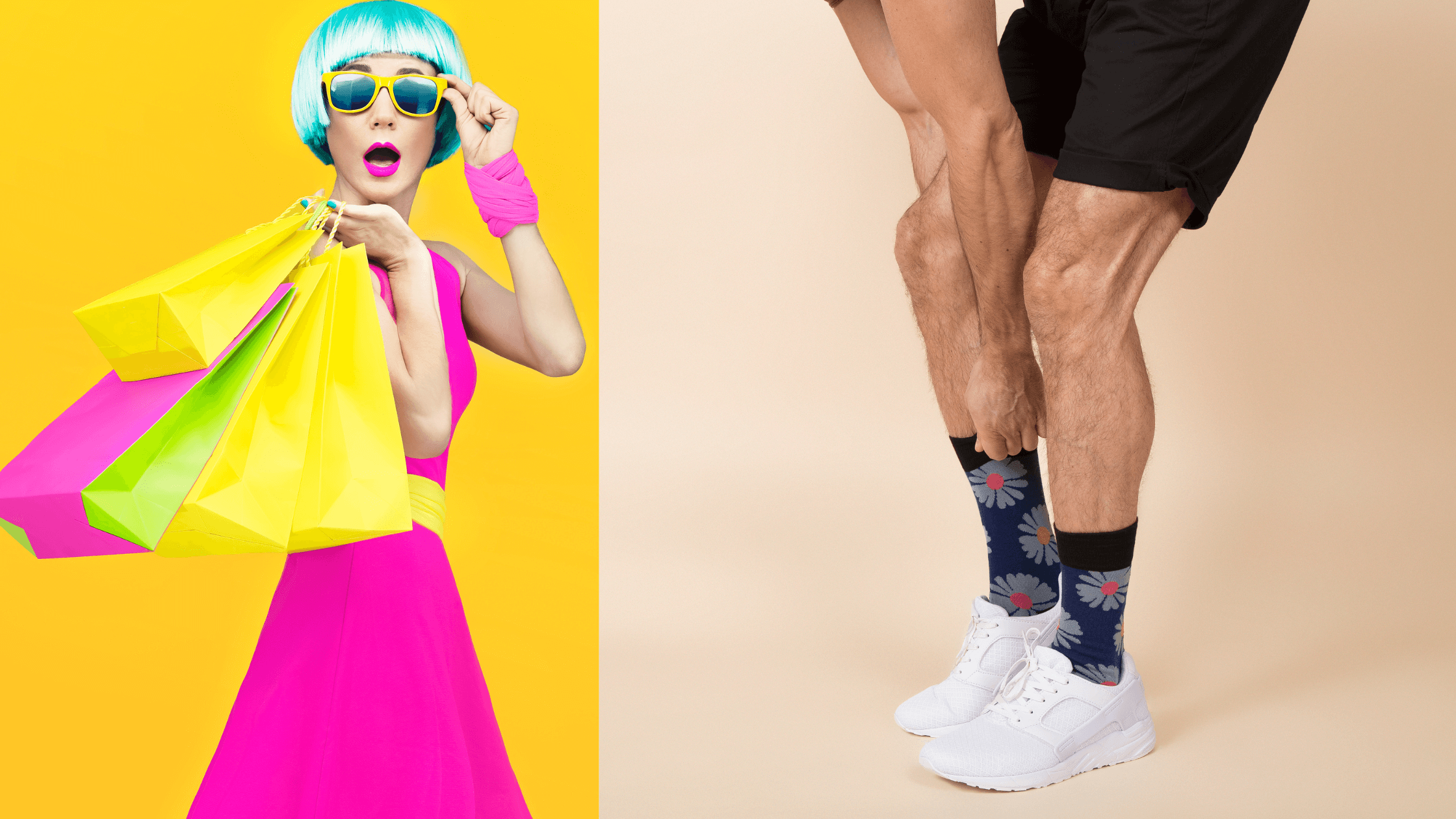
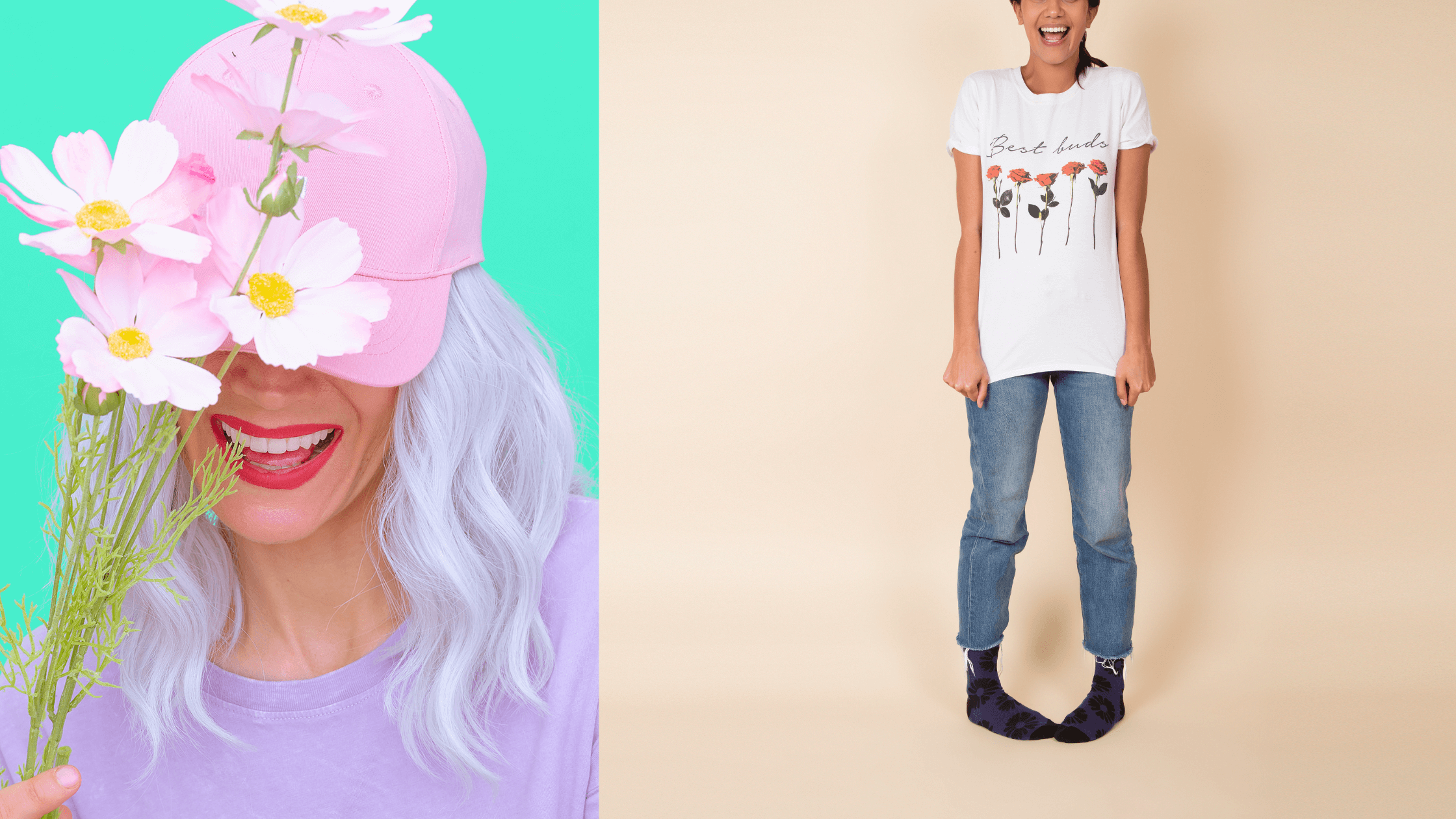
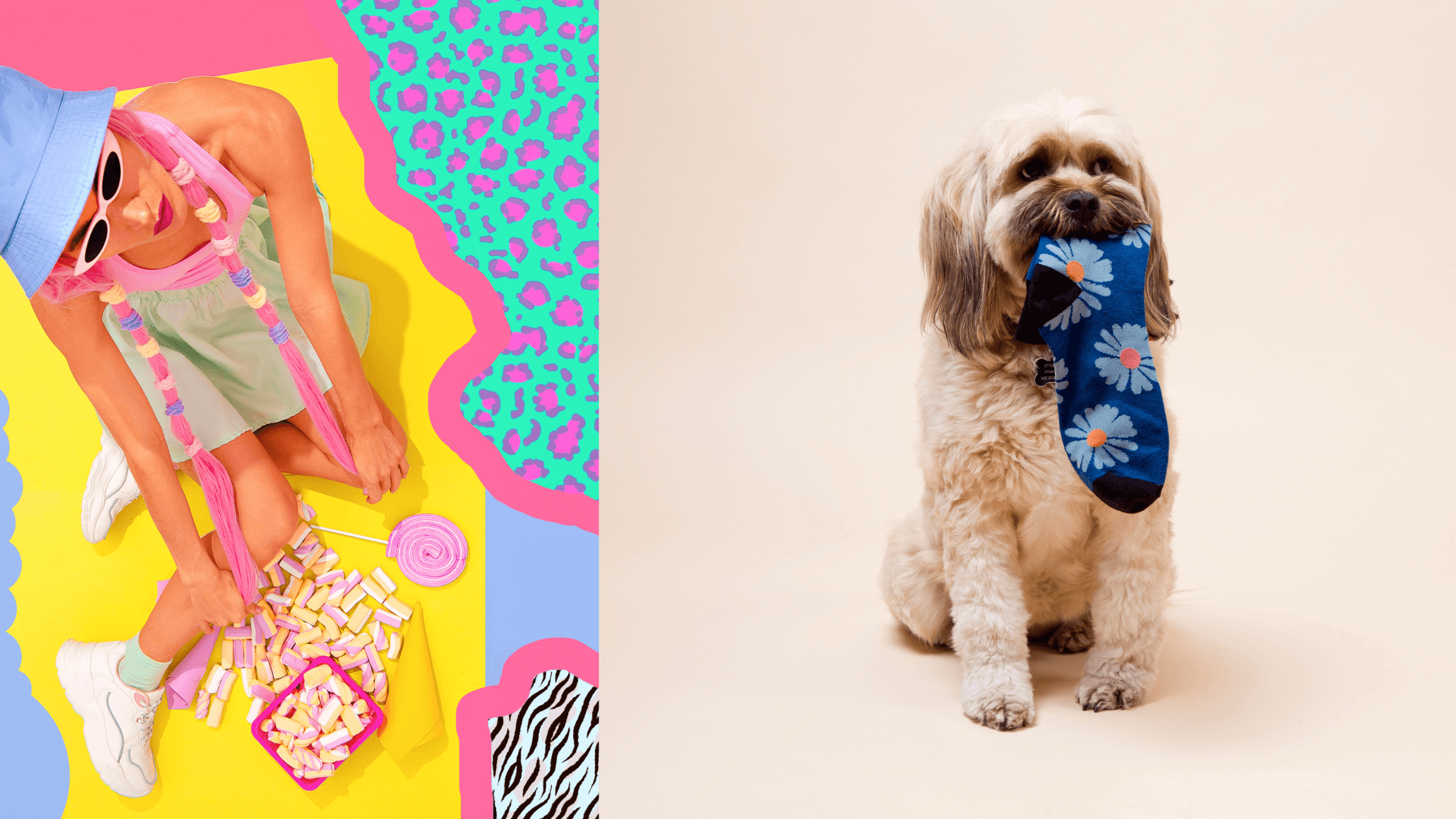

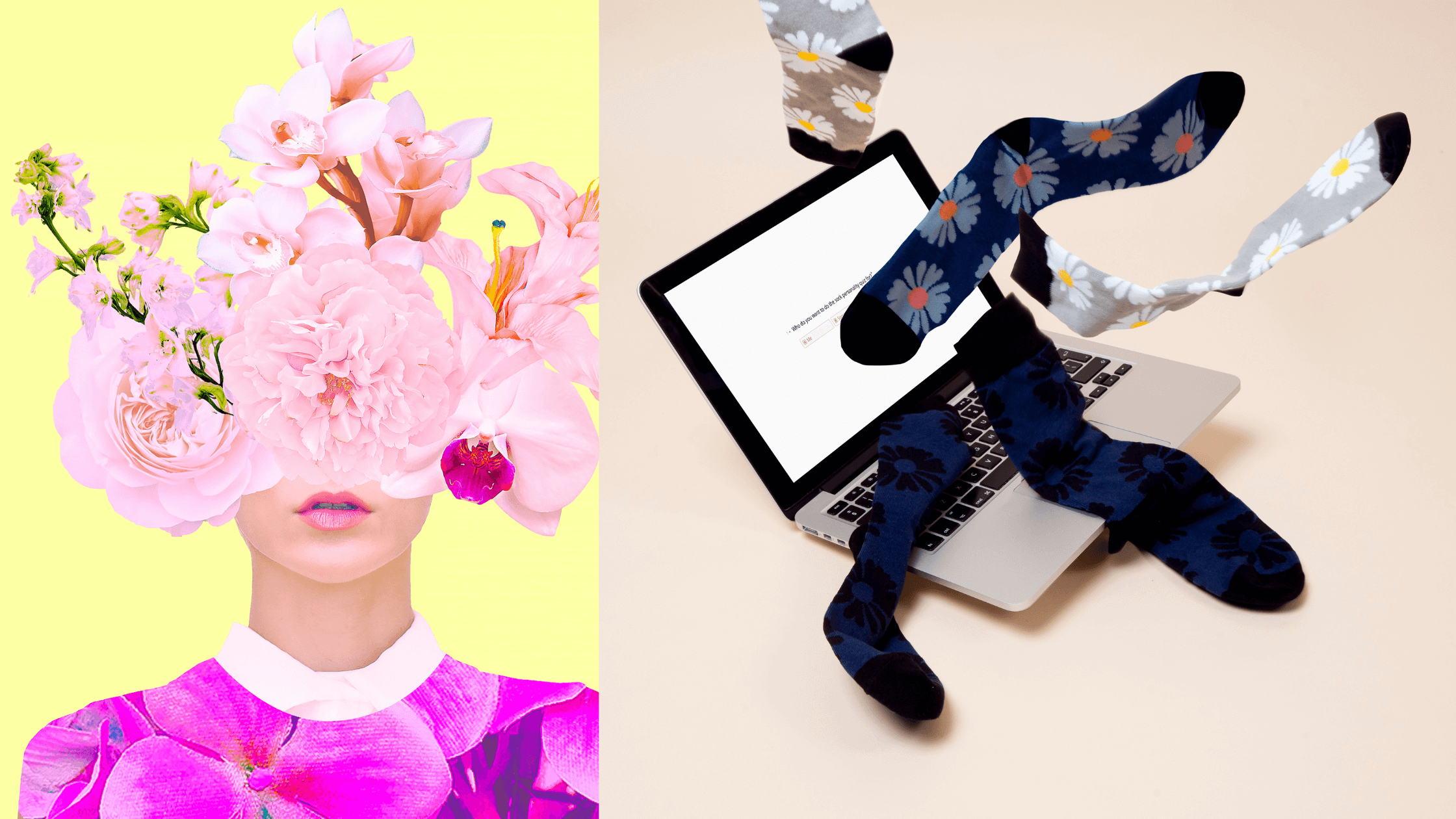
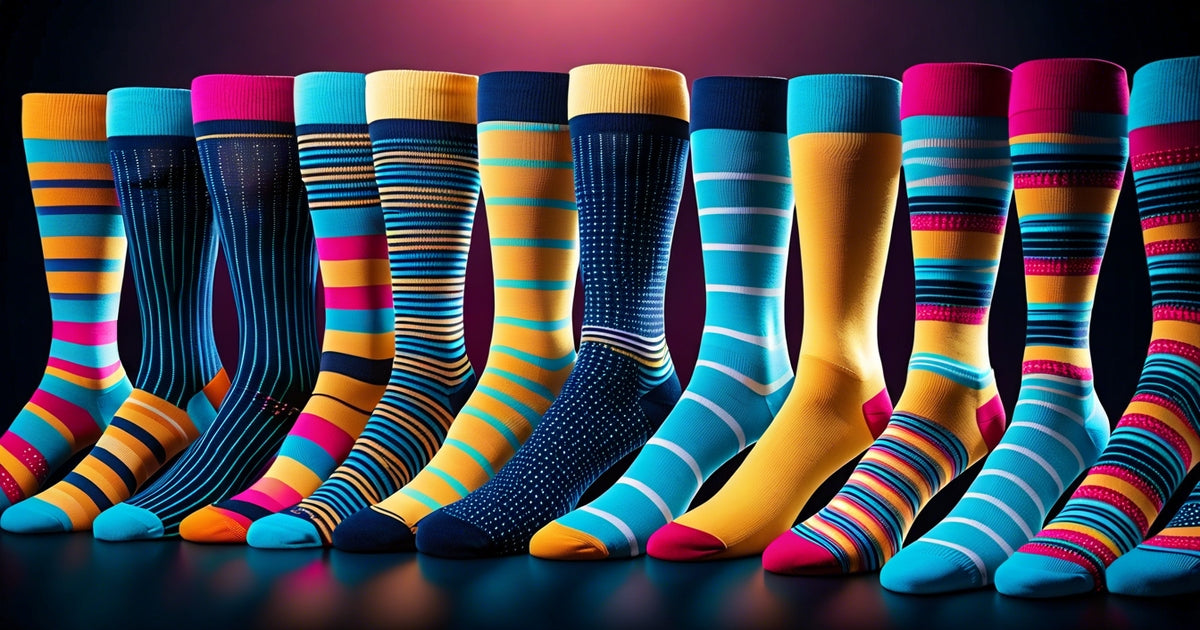



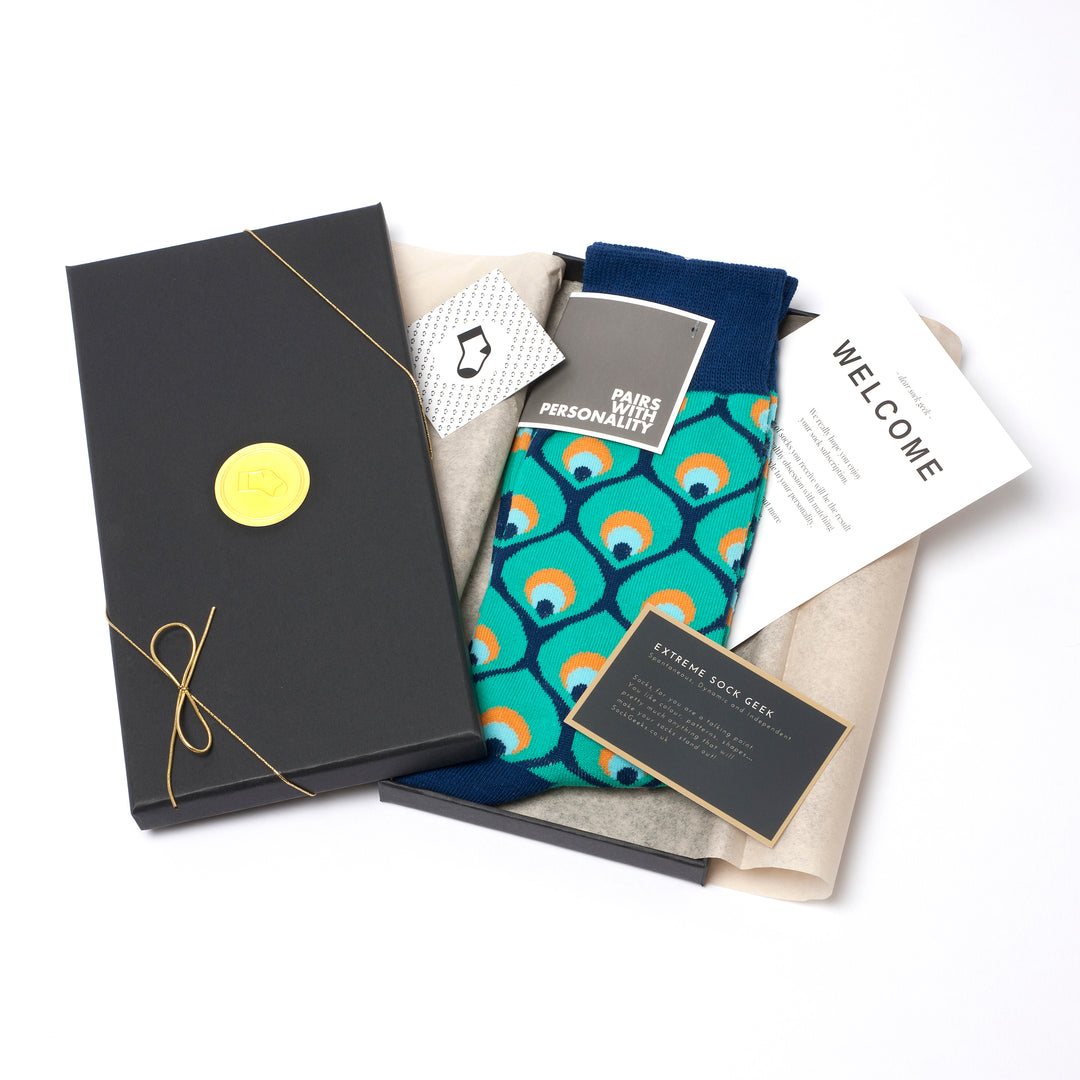

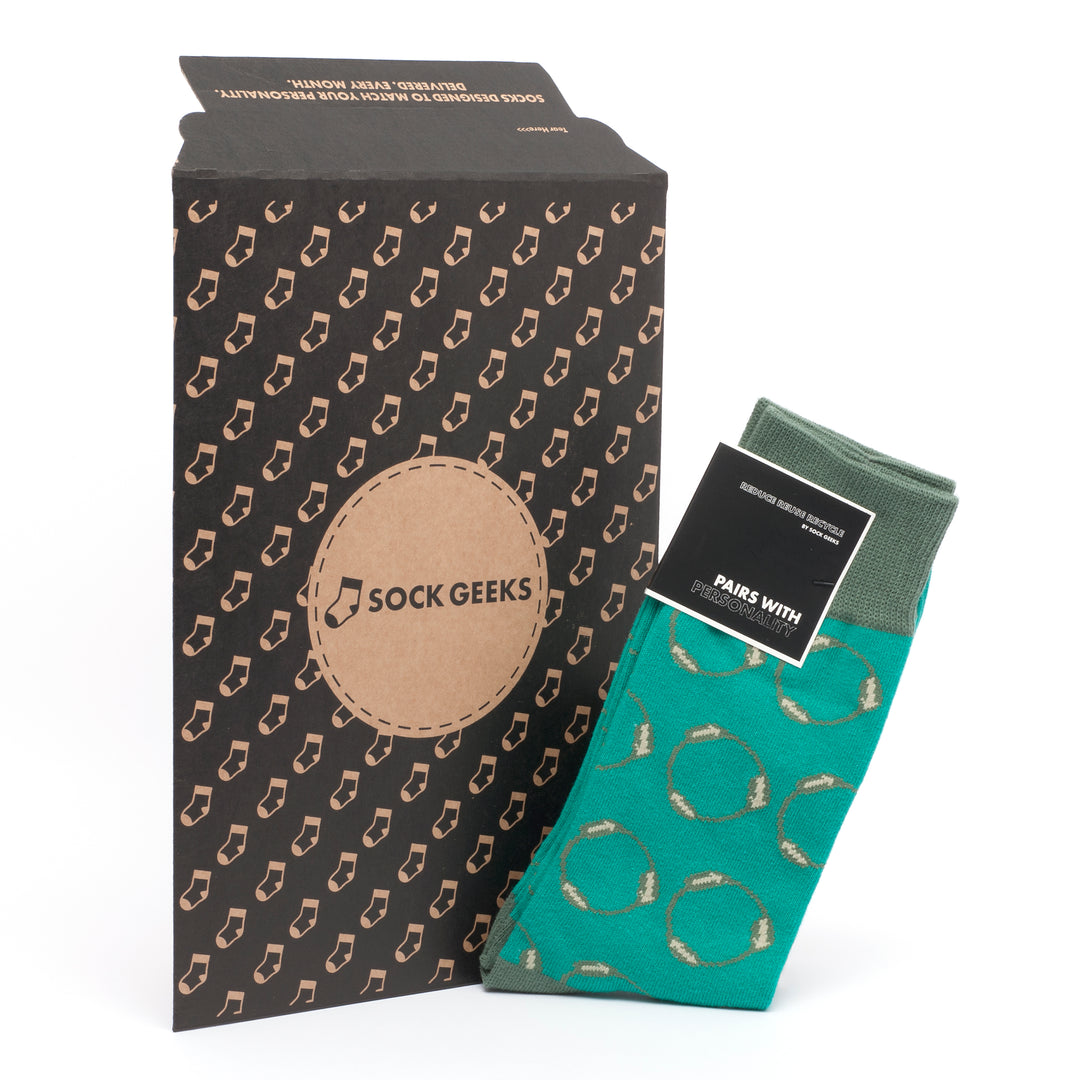
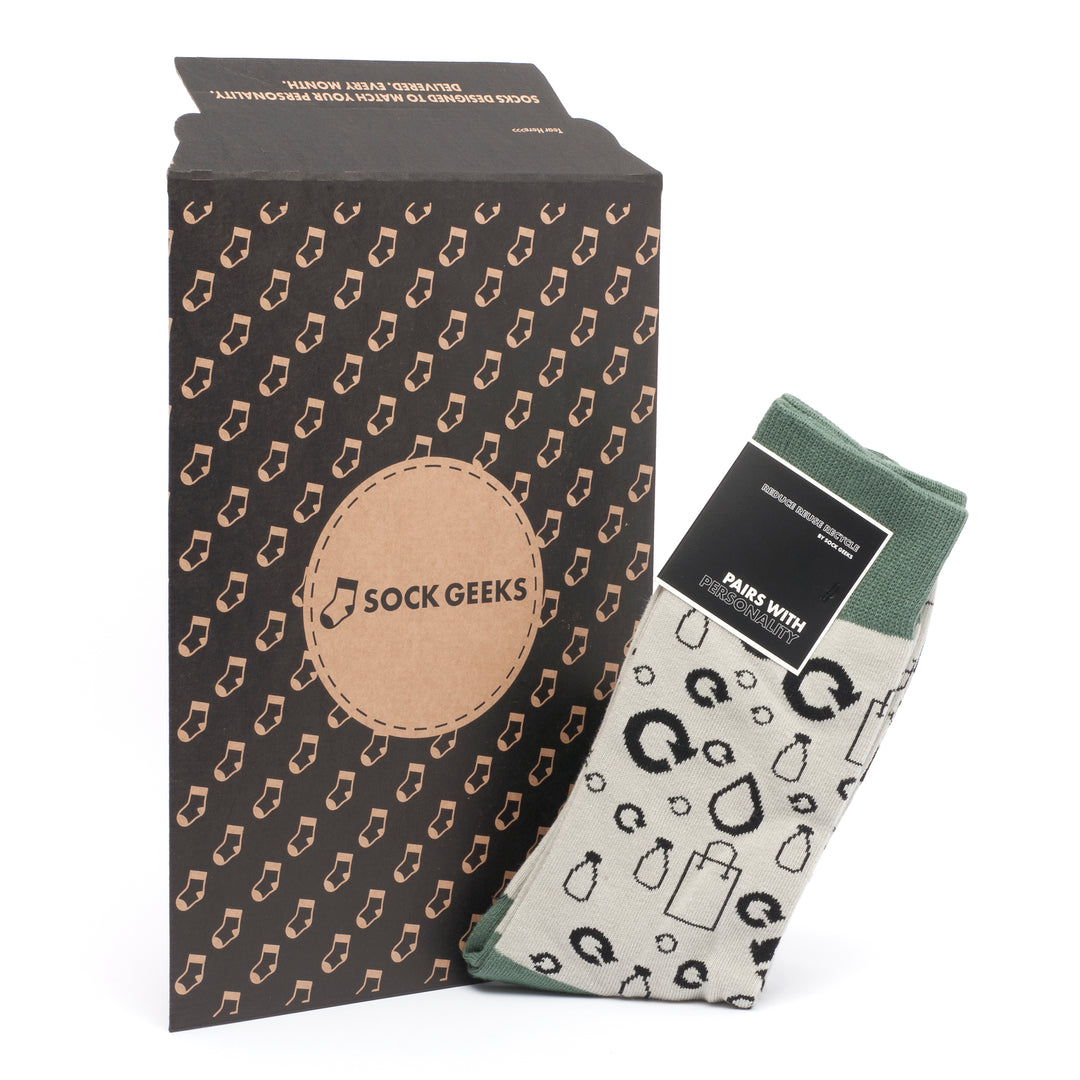



Leave a comment